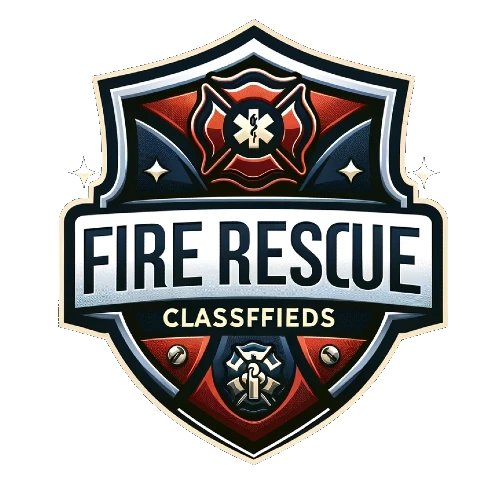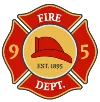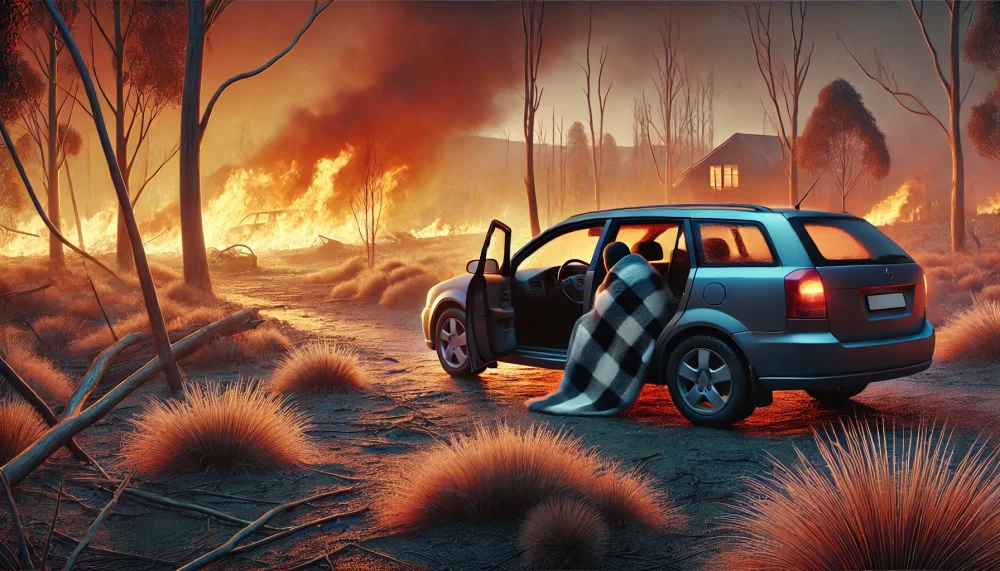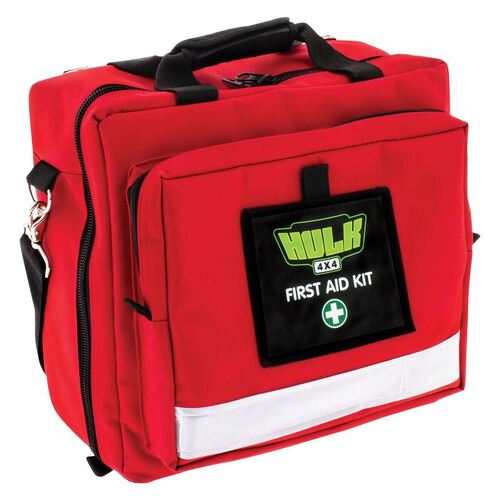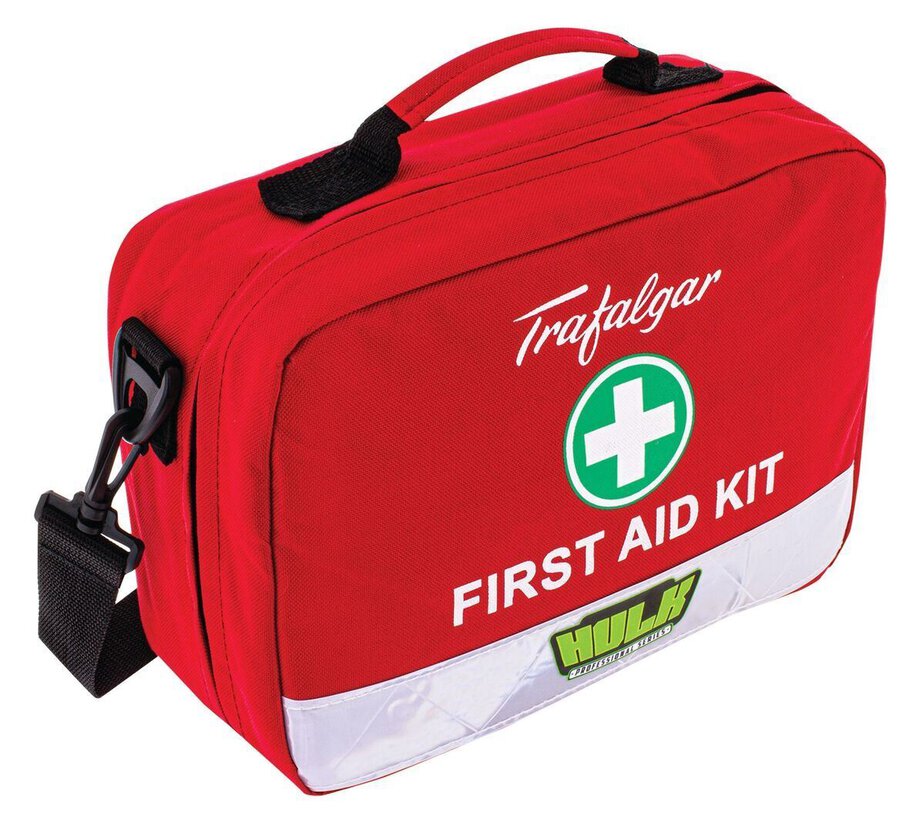Essential Bushfire Survival Tips: What to Do If Trapped in Your Car
Quiz: What to Do If Trapped in Your Car (Test your knowledge).
Essential Bushfire Survival Tips: What to Do If Trapped in Your Car
Introduction
Bushfires are a harsh reality of life in many parts of Australia. They are unpredictable, fast-moving, and devastating. When caught in the path of a bushfire, your safety can hinge on quick thinking and preparation. Being trapped in a car during a bushfire is a terrifying and dangerous situation, but knowing the right actions to take can save your life. This comprehensive guide provides essential bushfire survival tips for anyone facing this situation.
Understanding the Risks
How Bushfires Behave
Bushfires are influenced by several factors, including:
- Weather conditions: High temperatures, strong winds, and low humidity increase fire intensity.
- Fuel load: Dense vegetation and dry conditions provide ample fuel for fires.
- Topography: Fires travel faster uphill due to radiant heat preheating the fuel above.
Risks to Vehicles in a Bushfire
Vehicles provide limited protection against radiant heat and flames. Common risks include:
- Radiant heat: The intense heat can penetrate through windows, posing severe risks to occupants.
- Flammable materials: Cars contain combustible materials such as fuel, upholstery, and plastics that can ignite.
- Limited air supply: Smoke and embers can seep into the car, reducing air quality and visibility.
Immediate Actions to Take
If you find yourself trapped in a car during a bushfire, follow these steps immediately:
1. Park in a Clear Area
- Look for areas with minimal vegetation, such as gravel roads, cleared paddocks, or bare ground.
- Avoid parking near tall grass, trees, or shrubs.
2. Turn Off the Engine and Close All Openings
- Switch off the engine to prevent drawing embers into the vehicle.
- Close all windows and vents to keep smoke and embers out.
3. Position Yourself Safely
- Crouch below the window line to minimize exposure to radiant heat.
- Cover yourself with a woolen blanket or coat to provide additional protection.
How to Prepare Your Car for Bushfire Safety
Preparation is key to survival. Equip your car with the following items:
Bushfire Emergency Kit
- Fire-resistant blankets: Woolen blankets or fire-retardant covers.
- Water: At least 10 liters for drinking and emergency use.
- Protective clothing: Long-sleeved shirts, pants, gloves, and sturdy boots made from natural fibers.
- Emergency communication devices: Battery-powered radio, mobile phone, and chargers.
- First aid kit: Include burn treatments and respiratory protection.
Maintenance Tips
- Keep your car’s fuel tank full during fire seasons.
- Ensure all windows and seals are in good condition to prevent smoke intrusion.
- Regularly service the car to avoid mechanical failures in emergencies.
Step-by-Step Survival Guide
1. Stay Calm and Assess the Situation
Panic can lead to poor decisions. Take a moment to evaluate the surroundings and the fire’s movement.
2. Seek Shelter in Your Car
- Avoid running on foot as bushfires can travel faster than you.
- The car provides a protective barrier against direct flames and heat.
3. Seal Yourself Inside
- Close all windows, vents, and doors.
- Place wet towels or cloths around seals to reduce smoke penetration.
4. Protect Yourself from Radiant Heat
- Crouch on the floor below the window line.
- Use fire-resistant blankets or heavy clothing to shield yourself.
5. Wait for the Fire Front to Pass
- The fire front typically passes in 5–10 minutes. Stay inside during this time as radiant heat and flames are most intense.
- Monitor the situation but avoid opening the windows or exiting the car prematurely.
Common Myths and Mistakes
Myth: Driving Through Flames Is Safe
- Fact: Driving through flames can lead to engine failure and exposes you to intense heat and smoke.
Myth: Cars Will Explode in a Bushfire
- Fact: Cars do not explode, but flammable materials inside can ignite if exposed to extreme heat.
Mistake: Abandoning the Vehicle
- Why it’s Dangerous: Running on foot increases exposure to radiant heat and smoke inhalation, reducing your chances of survival.
After the Bushfire Passes
1. Ensure the Area Is Safe
- Check for spot fires or smoldering vegetation before leaving the car.
- Avoid walking on hot ground as it may cause burns or ignite footwear.
2. Communicate Your Location
- Use your mobile phone or emergency radio to alert authorities to your situation.
- If you are uninjured, stay with the vehicle as it’s easier for rescuers to locate.
3. Assess for Injuries and Damage
- Check yourself and others for burns or smoke inhalation.
- If the car is damaged but safe, remain inside until help arrives.
Importance of Bushfire Awareness and Preparedness
Education and preparation are critical in bushfire-prone areas. By understanding the risks and knowing how to respond, you can increase your chances of survival. Stay informed during bushfire seasons by:
- Monitoring weather updates and fire warnings.
- Creating a bushfire survival plan for your household.
- Practicing evacuation and sheltering scenarios.
Conclusion
Bushfires are an inevitable part of the Australian landscape, but their impact doesn’t have to be fatal. By understanding the risks, preparing your car, and knowing what to do when trapped, you can protect yourself and your loved ones. Remember, preparation and knowledge are your best defenses against the unpredictable nature of bushfires. Stay vigilant, stay informed, and take bushfire safety seriously.
